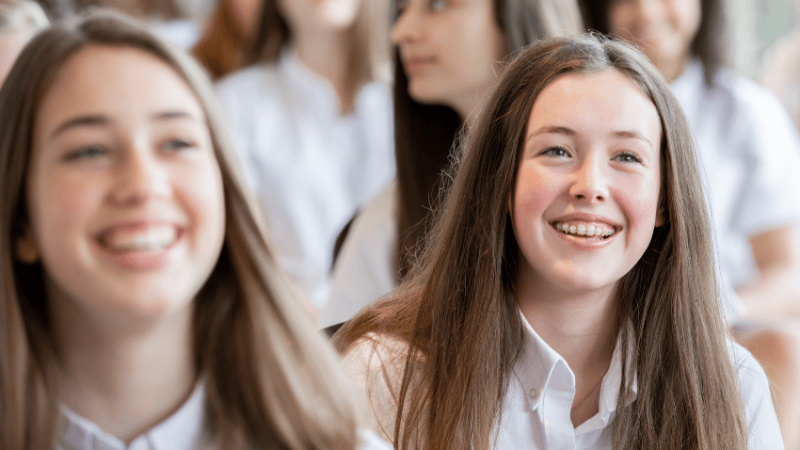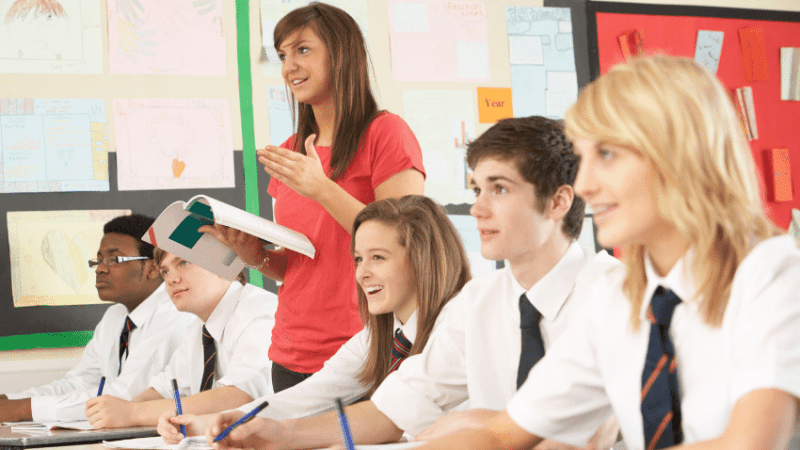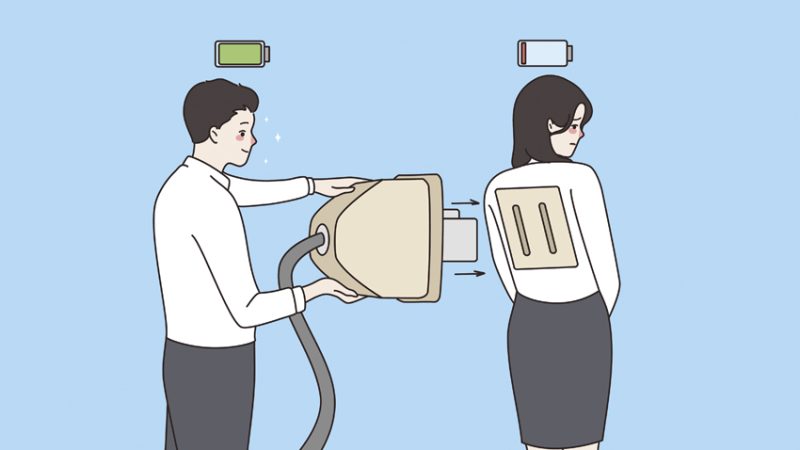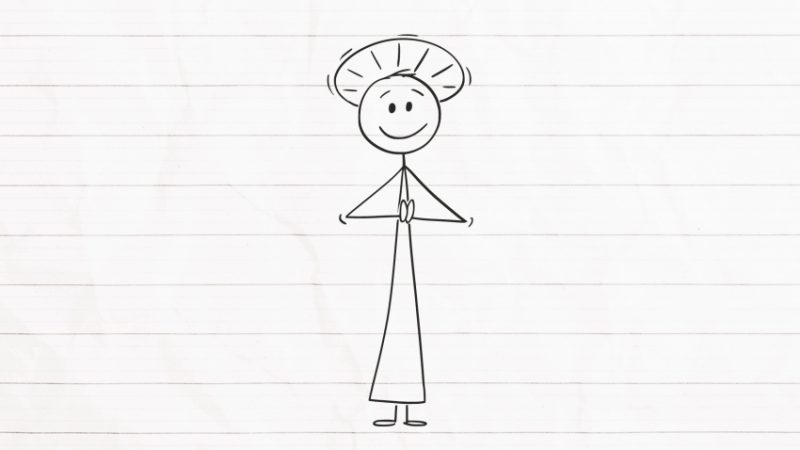Inclusion in schools – Confronting Section 28’s legacy
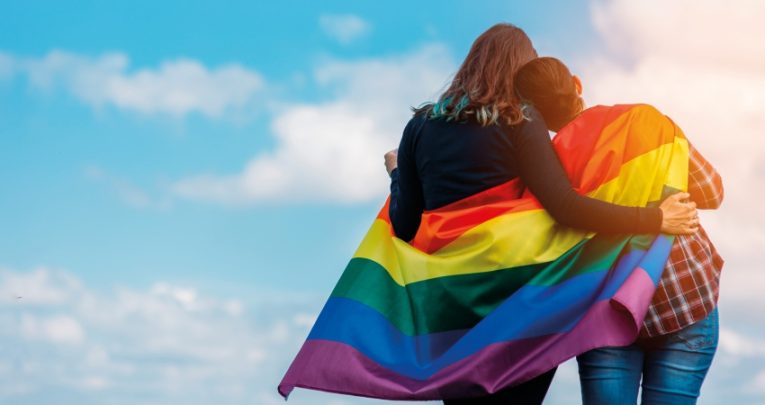
Two decades have passed since the repeal of Section 28 – but as Jo Brassington and Adam Brett explain, its legacy persists…

Close your eyes for a moment and picture ‘a school’ – what do you see?
Maybe you see classrooms, hallways, or those uniforms of your own schooldays you always hated. You might call to mind your favourite teacher, or least favourite teacher, or perhaps visualise yourself as a teacher now, standing before your class.
The specifics don’t necessarily matter – the point is, everyone can come up with a picture, because we all hold an image in our minds of what ‘school’ looks like, or even feels like. And by the same token, most of us also hold judgements of what we believe schools should look like.
Inclusion in schools
Where do these pictures come from? To a large extent, of course, they derive from our own interactions with schools. Outside of individuals who have been exclusively home-schooled, the vast majority of us will have experienced educational spaces in ways that have gone on to shape our later perceptions and understanding of them.
Conversations around education are often contentious because everyone has buy-in to the discussion. For most people, this experience will stem from their own school days. If you’re an educator like us, it can sometimes feel like you never really left…
Now, close your eyes again. This time, picture a school that can be described an LGBT+ inclusive space. What do you see?
Really, try to imagine it. What might it be like in a school where genuine efforts have been made to foster a diverse, equitable and inclusive space for LGBT+ people – a truly safe space for all young people, their families and staff?
Is the space you’re imagining similar or different to the school you imagined earlier? Is it similar or different to the schools you’ve previously experienced, or to the schools you’re helping to create now, as an educator?
Not spoken about
Our guess is that you probably found the second school harder to imagine. You were able to picture ‘school’ easily enough from your existing reference points and direct experiences. Imagining an LGBT+ inclusive educational space is harder, because for most people reading this, the system you were educated under was not LGBT+ inclusive.
It’s likely that your own education didn’t make space for LGBT+ people or their stories. In fact, for a long time there was legislation in place to purposefully ensure that we didn’t even speak about this community of people in schools.
Section 28 was an amendment to The Local Government Act of 1986. Introduced in 1988 by then Prime Minister Margaret Thatcher, it stated that a school should not:
- ‘intentionally promote homosexuality’
- ‘promote the teaching in any maintained school of the acceptability of homosexuality as a pretended family relationship’
This legislation remained in place until the government fully repealed it in 2003.
The seed and the shadow
20 years may have passed since then, but Section 28 is still impacting educational spaces today. Picture a seed planted in the middle of your school. Day after day, week after week, year after year, that seed grows untamed, for over a decade. The roots stretch out below ground, consuming every nutrient and preventing anything else from growing. The plant stretches way above the school, towering higher and higher each year. Its dense leaves cast a dark shadow.
That’s how we picture Section 28. The legislation was a seed of silence, first planted in our schools in 1988. This seemingly small seed of silence was subsequently able to thrive and expand into every corner of the UK’s educational spaces, creating shame as it grew.
After 15 years, at the point where the government repealed the legislation, the plant was cut down – but the roots remained. The silence and shame that grew in our schools, and in the consciousness of the people occupying them over that time remained very much rooted.
Making something ‘not illegal’ isn’t the same as empowering and educating teachers to make LGBT+ inclusion in schools a reality. Repealing Section 28 did not unroot the damage it caused.
Pride and progress
When we ask you to imagine an inclusive school, what we’re really asking you to do is reimagine; to take your experiences in a non-inclusive system and reimagine them. Reimagine an educational history of silence and shame. Reimagine your perceptions and ideas of what a school should look like for a better, more inclusive, future.
Almost every person working in our school – and certainly the majority of those leading them – were themselves educated at a time when Section 28 prohibited LGBT+ inclusion in schools. We now need all of those educators to collectively reimagine new educational spaces with diversity, equity, and inclusion at their very core.
It’s this process of reimagining that led us to create Pride & Progress – a podcast, platform and community working together to amplify the voices of LGBT+ educators and reimagine our educational spaces. We recently published our first book, Pride & Progress: Making Schools LGBT+ Inclusive Spaces, which is illustrative of our work in seeking to combine the lived experience of our podcast guests with theory and research.
Before moving forward, we must realise the need to unroot the silence and shame from our schools. We must take time to explore the history of LGBT+ exclusion, and how it continues to impact upon the individuals studying and working within our schools. We have to explore heteronormativity and cisnormativity, and understand what barriers there are to inclusion in schools before working to minimise or overcome them.
A pivotal moment
Finally, we can look deeper and examine some further themes of LGBT+ inclusion in schools. These include the power of creating community spaces and of intersectionality, the strengths of LGBT+ leaders, and how allies in leadership can further inclusion.
We must take account of identity and reflect on the professional balance between personal identity and teacher identity. We call for all people to be part of this collective reimagining, to be allies and advocates.
This is a pivotal moment. For the first time ever, it’s now part of our legal and moral duty to reimagine our schools and make them more inclusive. Indeed, every educator should feel encouraged and enabled to do so, but it’s a moment that calls for a collective reimagining.
Our work at Pride & Progress has explored how we can begin that process and finally step out of the shadow of Section 28. If you feel inspired to join us, get in touch and get involved. Together, we can create educational spaces where every person feels free to be themselves, feels seen, feels safe, feels supported and feels like they belong.
The pillars of inclusion in schools
The pillars of inclusive education are:
- Language
- Curriculum
- Representation
- Visibility
Educators must not only establish a common inclusion goal, but also develop a common inclusive language. The language around LGBT+ inclusion is new and developing, and we must understand it by having meaningful conversations about it.
We can then consider matters of curriculum, representation and visibility. How are you usualising the acceptance and respect of diversity in your school? How are diversity and LGBT+ identities represented and visible in your school?
Jo Brassington is a non-binary educator, currently teaching in primary schools, and has delivered guest talks and training for various schools, universities, LGBT+ organisations and charities.
Dr Adam Brett is a secondary teacher, ITT course leader and LGBT+ researcher, having taught in secondary schools for 13 years and recently completed a doctorate examining how LGBT+ teachers experience their school environments.
Their book, Pride and Progress: Making Schools LGBT+ Inclusive Spaces, is available now (£19.99, Sage)


